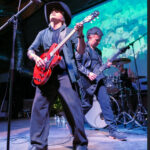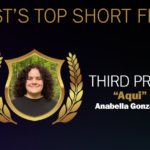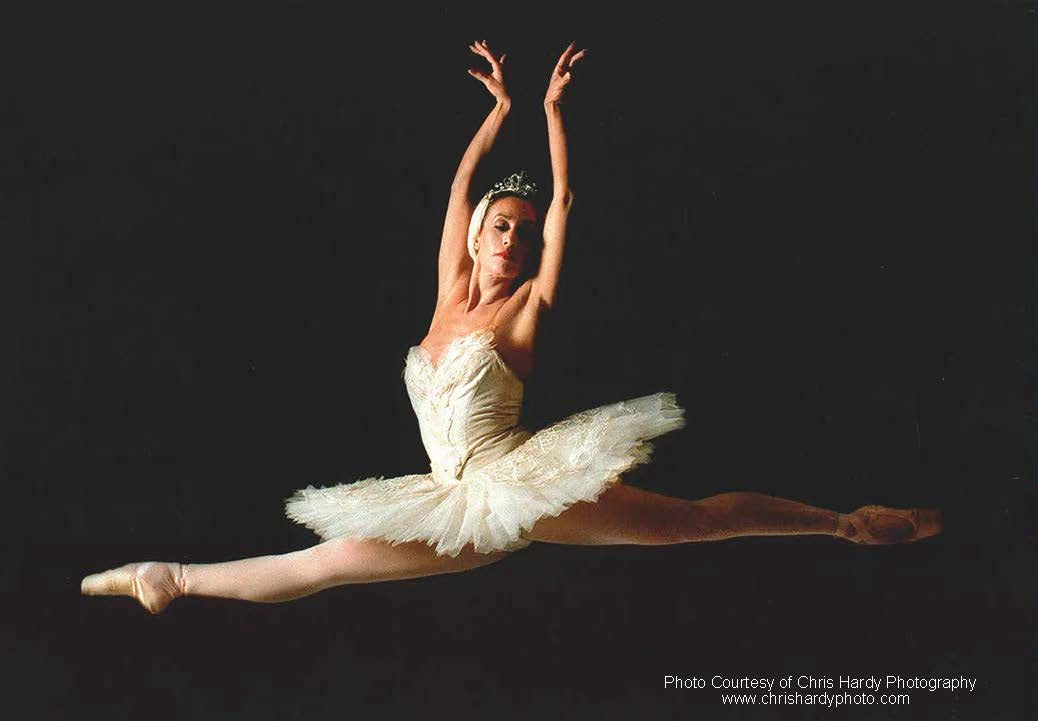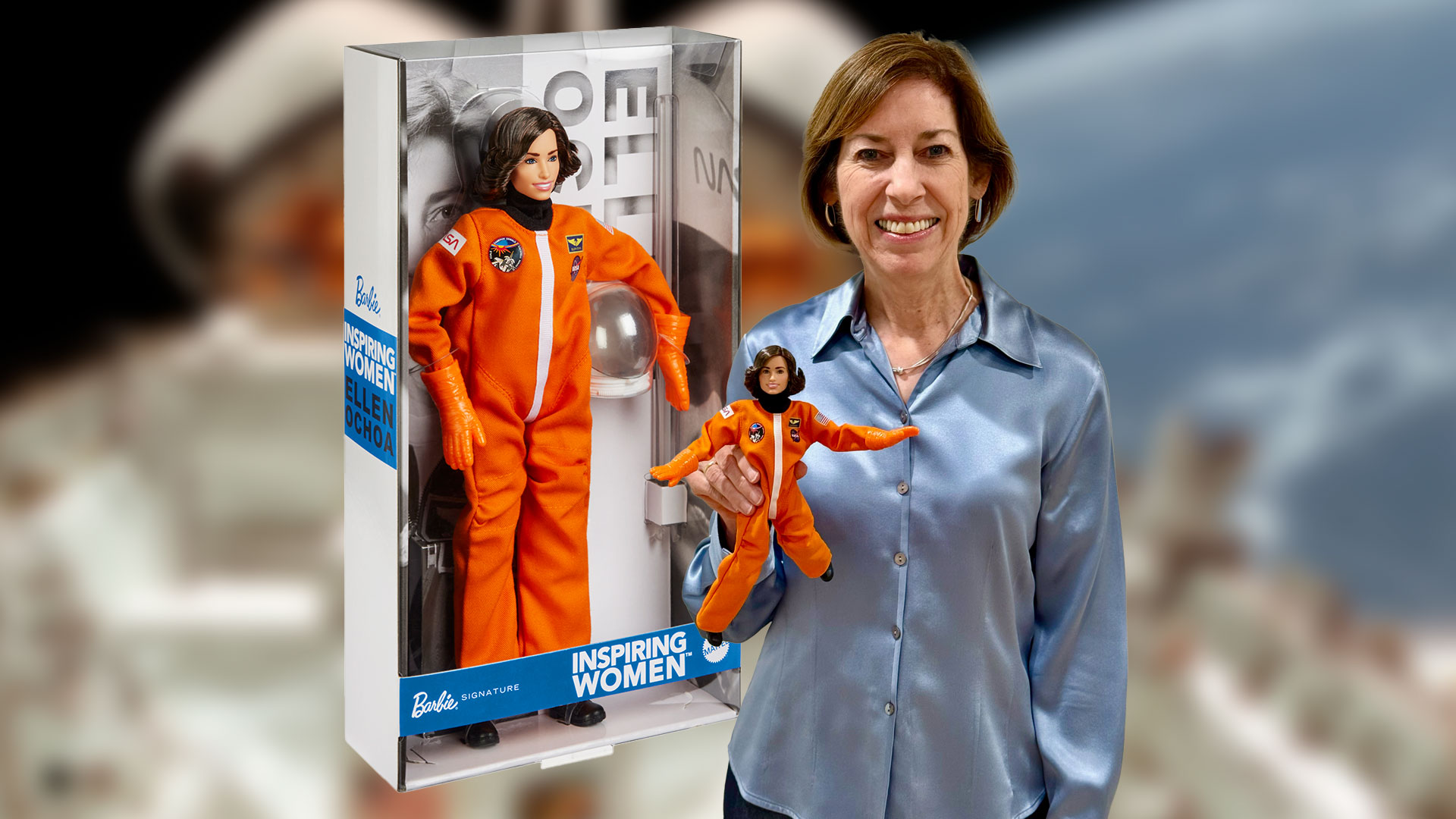An icon in the world of ballet, Evelyn Cisneros has long been considered a groundbreaking trailblazer and a great inspiration for women and Latinos everywhere. Dancing since childhood, Cisneros overcame insecurities and pushed through adversities throughout her career leading her to much success and notoriety. Recognized as the first Mexican-American prima ballerina in the United States, we honor and celebrate Cisneros’s contribution to the arts and look back at her extraordinary career.
Born in California, Cisneros reflects on her upbringing in a tight-knit Mexican-American family, “My grandparents came across the border during the Mexican Revolution,” she said. Adding, “Every Sunday we would go have dinner with one side of the family or the other, so my extended family was very important and instrumental in my growth.” As she grew up, Cisneros began to have difficulty navigating through her shyness which prompted her mother to enroll her in a local ballet school, “It became apparent it was a problem and it was an obstacle in my development and confidence so my mother thought something like ballet would help me,” she added.
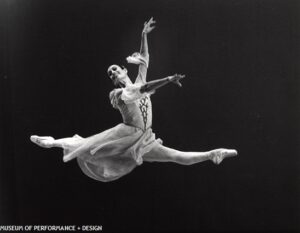
During Cisneros’ first year she met teacher Phyllis Cyr who was instrumental in her career development, “Phyllis really inspired me with striving for perfection in this art form which was hard, because this whole technique is not pedestrian. It’s the outward rotation of your hips, pointing your feet, and having straight knees and I was very challenged by that,” Cisneros adds.
Also inspired by the likes of Audrey Hepburn, and Native-American dancer Maria Tallchief, ballet became the artistic outlet Cisneros needed to realize her potential and break through her timid personality. Recalling a classic musical, Cisneros elaborates further on her inspiration, “I also remember things like when I first saw Singin’ in the Rain, (featuring Gene Kelly). I remember going out into my driveway with an umbrella in the rain and dancing in the driveway. I had spun my own hair into the umbrella, and my mother had to cut my hair free with scissors. That sort of thing was very much who I was, and Phyllis certainly allowed me to discover that and inspired me to pursue my dream.”
Continuing on with her studies, Cisneros was 14 when she auditioned for the summer intensive with the San Francisco Ballet where she was offered a full scholarship for the summer semester eventually moving onto attend SAB (School of American Ballet) in New York where she endured difficulties, “It was a very difficult time for me, I just felt that I wasn’t good enough to be a ballet dancer and was put in a very low-level class and was restricted in the amount of technique I could do. I became very discouraged and came home from that summer intensive and told my parents I wanted to quit dancing,” Cisneros recalls. Eventually, Cisneros became an apprentice with the SF Ballet which set the course for her career, “I was so happy and started learning everything right away,” she said. Adding, “I just talked to my dad the other day and he recalled letting me go at 16 years old to San Francisco where I lived by myself, and it was very challenging for my parents because I was so young and moved far from home at such a young age. I asked my dad how he was able to do that, and he told me he couldn’t live with himself if he didn’t let me go and that he had to give me that chance to achieve my dream. I was very blessed that my parents were supportive and wise and able to see the potential I might have and being selfless in that. We are also a family of deep faith and I think that made it feasible,” she said.
In terms of Cisneros’s Mexican heritage, she endured some difficult challenges as a dancer in the 1970s with the San Francisco Ballet. As the lone Latina, Cisneros elaborates on the discrimination she faced in this particular era in her life, “In the 70s when I started dancing with San Francisco there was no other person of color in the company, and there was one ballet master that used to give me a really hard time and didn’t like me much because the co-artistic director Michael Smuin gave me opportunities to learn and be in his choreography. I became his muse within the company and was the youngest dancer for a few years. Smuin had become inspired by my work, and this particular ballet master was really hard on me and loved to humiliate and criticize me harshly in front of everyone,” Cisneros recalls. Adding, “He would send me up to powder my skin so I would look white, and I would be dancing 3 ballets and would be sweating off the makeup and get sent back up 3 floors to repaint myself so that I looked like everyone else. After a while, I was very determined to do my best and to be as good as I could be. I also felt no matter how he treated me he would never make me cry in public, and I decided to go to Michael Smuin and tell him.” Cisneros eventually made it through this difficult time and stayed with the company for decades.
Throughout her accomplished career, Cisneros had the chance to meet acclaimed dancer and film star Gene Kelly who hosted a gala performance for the San Francisco Ballet, “He came out on stage and did a little bit of tap movement and was the guest star for the gala and I got to meet him because I was dancing at the event,” she said. Cisneros then met the legendary star a second time as she was invited to perform at the White House for President Ronald Regan in 1982. Kelly had been one of the hosts along with Beverly Sills who presented young talent as Cisneros was chosen along with 3 other dancers from the San Francisco Ballet, “I got to perform a classical quartet with my dear friend Kirk Peterson which included a variation and a duet. I then did a tap dance that was inspired by Gene Kelly and Fred Astaire that Micheal Smuin choreographed for Kirk and I. This was an incredible highlight of my life and the President was so warm and generous. Years afterward, I would get a Christmas card from the White House and it was so special. As an American it’s like dancing for the King and Queen,” Cisneros said. This particular moment in Cisneros’ career was pivotal in her legacy as a dancer.
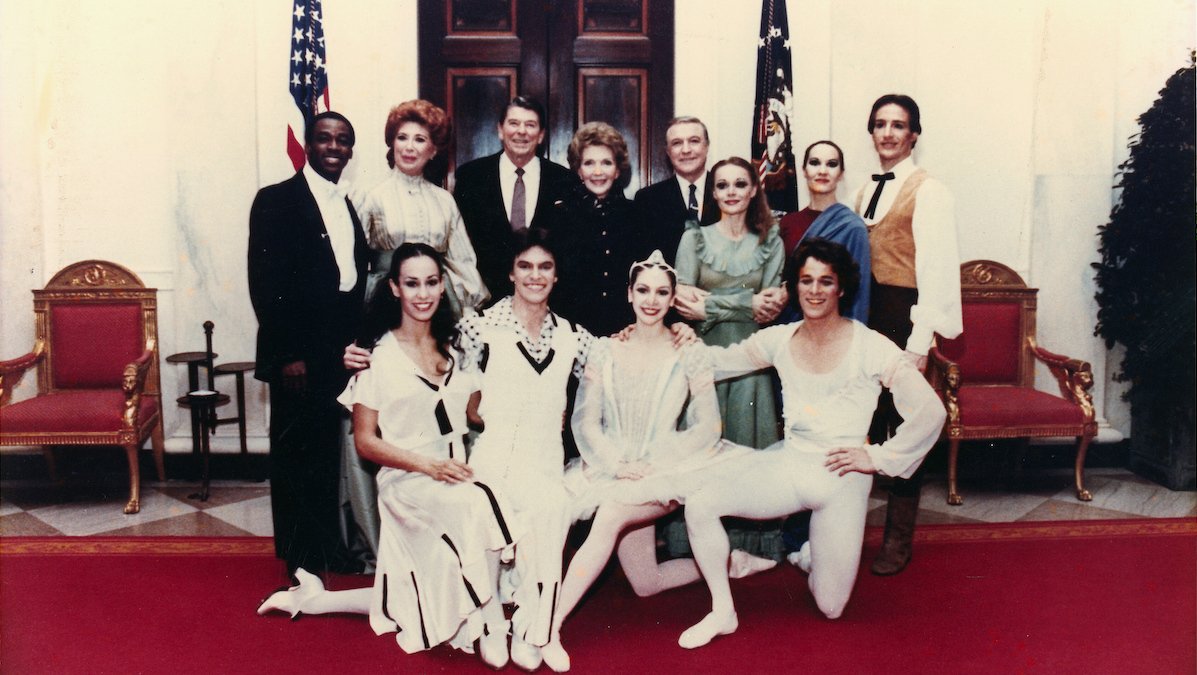
Other notable people Cisneros has met include musician Carlos Santana in which she had the chance to appear on his live Supernatural DVD concert. During the concert, she performs a dance with her husband Stephen Legate to the song “Love of My Life,” alongside Dave Matthews and Santana. Cisneros has also met famed filmmaker George Lucas, and other prominent figures in the ballet industry such as Mikhail Baryshnikov, and Margot Fonteyn.
Looking back at some of Cisneros’s prominent performances, she has taken on lead roles as principal ballerina in Swan Lake, Cinderella (1985), and The Tempest which were both televised nationally. Cisneros has also loved all the characters she has been able to portray and recalls Romeo and Juliet, “The role of Juliet was one I looked up to when I joined the company in 1976. Dancing the role of Juliet was so rewarding as you experience the emotional growth you go through as the character. Playing a young innocent girl to a woman who makes the final decision of taking her life, that kind of character development is extraordinary but I loved all the roles I danced in,” she said. Cisneros also feels her big break initially came performing as a stand-in for a production of The Tempest, “That came to me because I was very diligent about being an understudy. The ballerina that was choreographed on had a terrible accident and couldn’t dance. I got to do the lead which was filmed for national television at 20 years old and I tell my students often, You need to know not only your role, but everybody’s role because injury and sickness happens because we’re human and that’s how I got my first huge break. There’s nothing that can replace that, and you make yourself invaluable to a company.”
Cisneros has also appeared in other major ballet productions throughout her career and successfully transitioned from dancer into ballet education and director after her official retirement in 1999. Speaking on her career transition, Cisneros further elaborates, “It’s kind of a natural segway and I want to make sure this art form which I’ve given my life and passion to never goes away. Educating our youth and making it a part of our culture is so important, so I started doing ballet education in libraries and in schools,” she said. Cisneros has also directed stage productions and taught courses at various ballet schools around the country. Around 2003, her book with co-author Scott Speck was released titled,”Ballet For Dummies”, which teaches the basics of the art form. For those interested in purchasing the book, it’s available on Amazon here.
Reflecting on her career, Cisneros feels blessed and grateful for the support of her family and keeping with confidence which allowed her to reach the heights of success. Experiencing extraordinary moments throughout her profession including the unforgettable time choreographer Michael Smuin presented her with two dozen purple sterling roses on stage, she credits God for carving a path for her destiny, “God allowed things to unfold, my career was one I couldn’t even dream that could happen for me. I also believe that being a Mexican-American gave me another platform that others around me didn’t have. I had the strength of my family and my culture. I also had faith and believed God had a plan for me as long as I kept focused and true to those foundational thing’s doors would open up for me and they really did. We can’t go through life in fear. If anything has been so negatively impacted it’s been our society and youth especially during the pandemic as fear was rampant. I try to instill in my students not to be afraid, but to move forward in confidence, hard work, and respect which is the key to success.”
Visit Ballet Academy West’s website here.
Click here to read more on Cisnero’s visit to the White House in 1982.
Cover Photo Credit: www.chrishardyphoto.com
http://www.chrishardyphoto.com/dance.html



